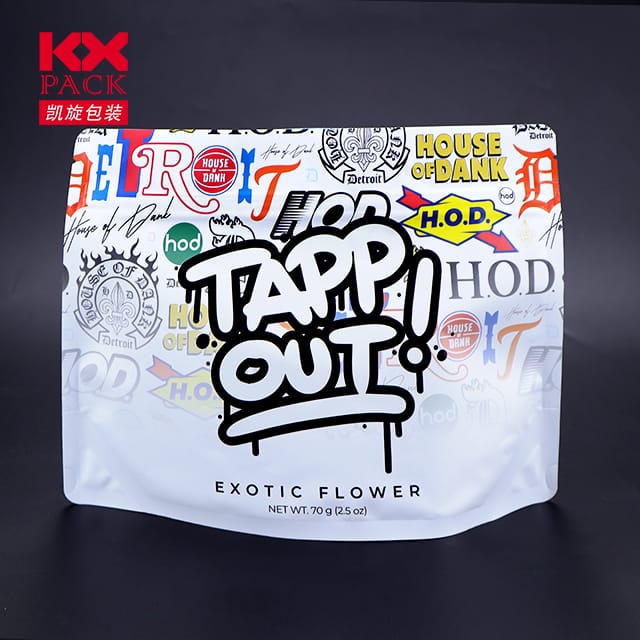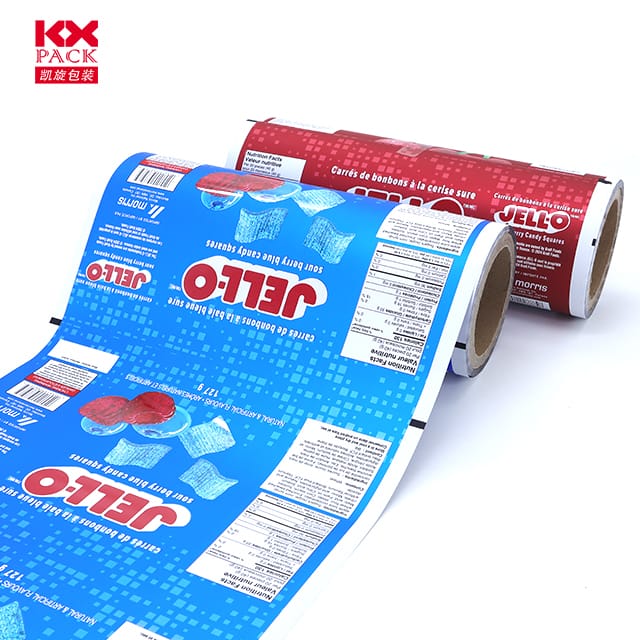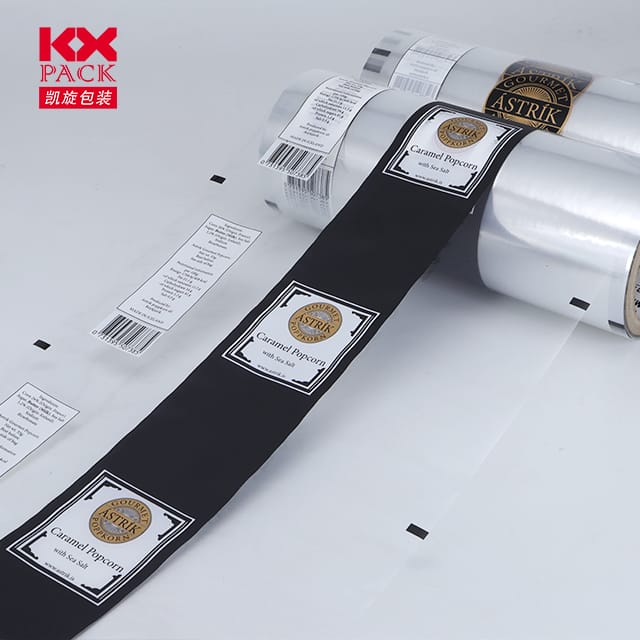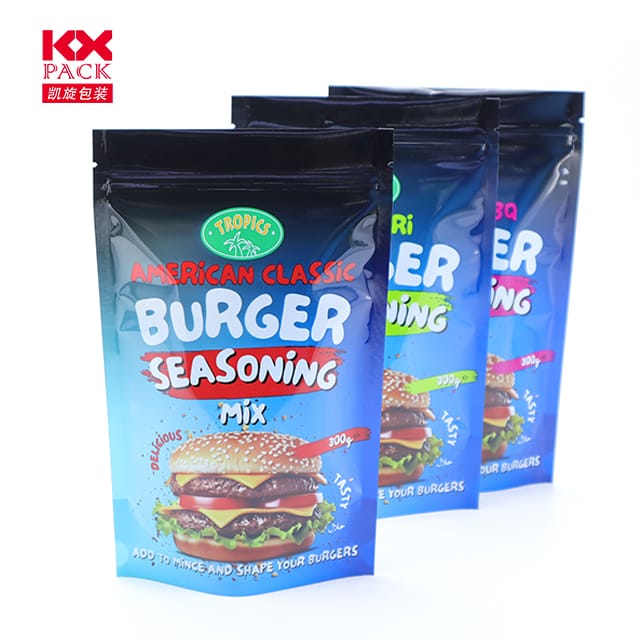Az élelmiszer -csomagolófilmek jövője: Fenntarthatóság, Innováció, és túl (1)
Élelmiszer -csomagolófilmek
In an era where environmental consciousness is reshaping consumer habits, the role ofélelmiszer-csomagoló fóliák has moved beyond mere preservation to become a critical component of sustainable food systems. Az eltartási idő meghosszabbításától a hulladék csökkentéséig, Ezek a vékony polimerrétegek kettős szerepet játszanak az élelmiszerek minőségének védelmében és a bolygó védelmében. Let’s explore the latest trends, kihívások, and innovations in food packaging films.
1. The Evolution of Food Packaging Materials
Traditional Élelmiszer -csomagolófilmek, such as polyethylene (PE), polipropilén (PP), és polietilén-tereftalát (HÁZI KEDVENC), have long dominated the market due to their durability, rugalmasság, és költséghatékonyság. azonban, their non-biodegradable nature has sparked urgent calls for alternatives. Enter biodegradable and compostable films made from materials like polylactic acid (PLA), polyhydroxyalkanoates (PHA), and algae-based polymers. These innovations aim to reduce plastic pollution while maintaining functionality.
Key Innovations:
- Nano-enhanced Films: Embedded with antimicrobial nanoparticles (PÉLDÁUL., silver or zinc oxide) to inhibit microbial growth without preservatives.
- Edible Coatings: Made from proteins, polysaccharides, or lipids, these films are safe to consume and reduce waste.
- Okos csomagolás: Sensors embedded in films can monitor freshness, hőfok, or spoilage, alerting consumers via color changes or QR codes.
2. Sustainability Challenges and Solutions
A globális Élelmiszer -csomagolófilmek industry faces a paradox: 8 million tons of plastic waste enter oceans annually, yet packaging prevents 27% of food loss. Striking a balance requires rethinking material choices and end-of-life strategies.
Challenges:
- Recycling Complexity: Multi-layer films are hard to recycle, leading to contamination in recycling streams.
- Cost Barriers: Biodegradable alternatives are often pricier due to scaling limitations.
- Consumer Confusion: Labels like “biológiailag lebomló” vagy “komposztálható” can mislead without proper disposal infrastructure.
Solutions:
- Circular Economy Models: Closed-loop systems where used films are collected, újrahasznosított, and repurposed.
- Policy Push: Governments are incentivizing eco-friendly packaging (PÉLDÁUL., EU’s Single-Use Plastics Directive).
- Collaboration: Partnerships between brands, material scientists, and waste management firms to streamline solutions.
3. Trends Shaping the Industry
- Rise of Plant-Based Polymers: Élelmiszer -csomagolófilmek Materials derived from corn, potato starch, or mycelium (mushroom roots) are gaining traction.
- Minimalist Packaging: Brands like M&S and Loop are adopting refillable containers and zero-waste designs.
- Carbon Footprint Tracking: Life-cycle assessments (LCAs) are becoming standard to quantify environmental impact.
Esettanulmány: Danish companyJegyzetfüzet creates seaweed-based packaging that dissolves in 4-6 weeks. Partnering with Just Eat, they replaced 500,000 plastic sauce sachets with marine-friendly alternatives.
4. The Consumer-Brand Dynamic
Modern shoppers prioritizetransparency and purpose. A survey by McKinsey found that 70% A fogyasztók hajlandóak többet fizetni a fenntartható csomagolásért. Brands that communicate their eco-efforts authentically—e.g., Patagonia’s 100% compostable snack bags—build trust and loyalty.
5. Looking Ahead: What’s Next?
The future of food packaging films lies inhybrid solutions:
- Bio-based + Smart Technology: Films that are both compostable and equipped with freshness sensors.
- Regional Adaptation: Tailoring packaging to local waste infrastructure (PÉLDÁUL., compostable in urban areas, recyclable in regions with robust systems).
- AI-Driven Design: Algorithms optimizing material use and reducing over-packaging.
Következtetés
Food packaging films are no longer just a protective barrier—they’re a canvas for innovation, fenntarthatóság, and ethical responsibility. By merging cutting-edge materials with circular thinking, the industry can curb environmental harm while ensuring food security. Mint fogyasztók, businesses, and policymakers align their efforts, the vision of a zero-waste food chain moves from aspiration to reality.
Let’s wrap up the future responsibly. 🌍🍎
Hashtags: #SustainablePackaging #FoodTech #CircularEconomy #EcoInnovation #PlasticFree
This blog post balances technical insights with actionable trends, making it suitable for industry professionals, eco-conscious consumers, and sustainability enthusiasts. Would you like me to expand on any section or add specific data points?






